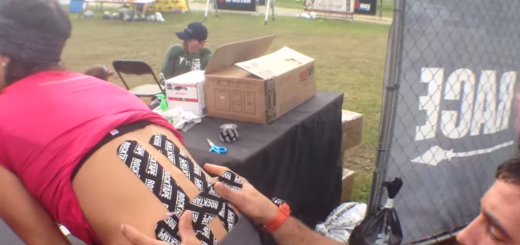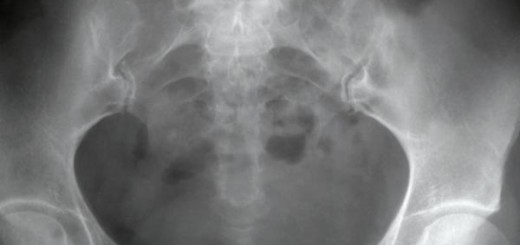- Tightening of the muscles behind the longer leg knee
- Tightening of the hip muscles on the shorter side, which could lead to arthrosis if not corrected
- Bending of the lower spine and in some cases the lumbar towards the shorter leg
- The foot on the shorter side becoming flatter and larger
- Problems standing
Most of these problems are due to the patient’s posture. The issues can start out small, but given a minor trauma, the symptoms can intensify greatly and become more difficult to treat.
A good course of action is to ask the patient to bring in photos of themselves standing. In most of the photos, they will see the way they stand with the weight put on their shorter leg. I have found that this is a powerful way of showing the patient the importance of treatment. Then, I explain that without correction, they may begin experiencing painful symptoms like those listed above. I will often incorporate the patient’s partner in the treatment, as they can help keep an eye on their posture when I am not around. It is recommended that they stand with their legs wider apart to make sure that they are not putting all their weight on the shorter leg.
I recommend seeing the patient every two months for a few sessions to make sure that they are correcting their posture. If no improvements are made, it may lead to a recurrence of symptoms.
The spine is actually very easy to manipulate from the shorter side; it is the other side that requires more pressure. Use of a table makes manipulating the longer side much easier.”
Watch a clip of Dr. Hartman as he explains Leg Length Discrepancy and demonstrates a brief test for spinal irregularities





